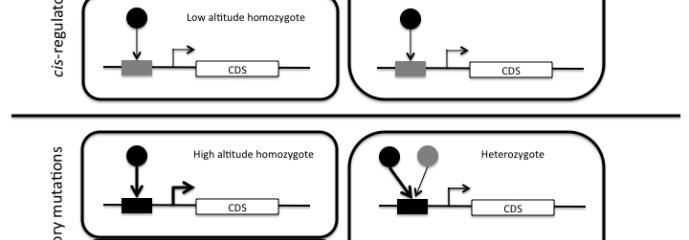Project Overview

RII Track-2 FEC: Using Natural Variation to Educate, Innovate, and Lead (UNVEIL): A Collaborative Research Network to Advance Genome-to-Phenome Connections in the Wild
Understanding how organisms function in complex environments and how they acclimate and adapt to environmental challenges, remains a central problem in biology. This Research Infrastructure Improvement Track-2 Focused EPSCoR Collaborations (RII Track-2 FEC) award capitalizes on complementary research strengths at the University of Montana (UM) and the University of Nebraska - Lincoln (UNL) to address fundamental scientific questions that are relevant to adaptation fitness and conservation of wild populations. The project team members will form a network -- using Natural Variation to Educate, Innovate, and Lead (UNVEIL) -- to work collaboratively on three core research projects. These projects use newly developed genomic technologies to understand the genetic basis of traits that influence the survival of wild animals and plants in changing environments. This interdisciplinary research will not only advance the understanding of how organisms cope with environmental challenges, but will also generate fundamental knowledge about how complex traits arise from variation in genomes. Such general insights have major implications that extend to conservation biology, agriculture, and medicine. To help ensure that the research advances have real-world utility, the UNVEIL network members will work closely with other stakeholders to develop guidelines for the application of genomic information to conservation. The project brings together an interdisciplinary group of philosophers, geneticists, wildlife biologists, and natural resource managers to develop guidelines for when and how genomic interventions should be used. The UNVEIL network will also provide an ideal environment for the development of early career faculty and for training postdoctoral fellows and students in cutting-edge science and the ethical complexities of using genomic insights in conservation.